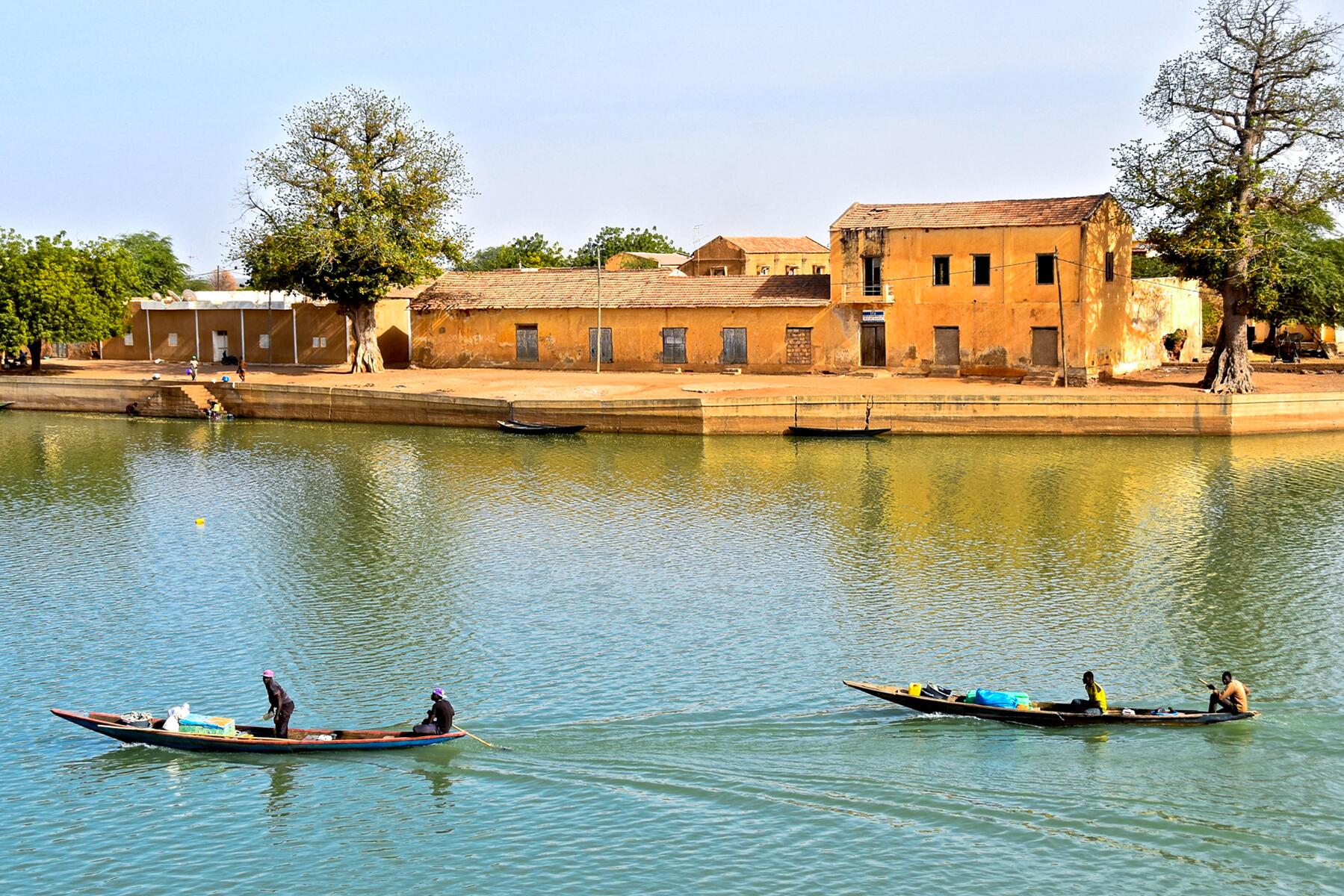Senegal might be perceived as off-the-beaten-path, but oh the surprises you’ll find once you arrive.
Senegal occupies a big space in the traveler’s imagination with its colorful maritime culture, dusty red earth, and modernist urban architecture in a seamless jumble of urban topography. Almost everyone who has visited, whether as a tourist or for business, comes home with words of wonder about the place. The people! The attitude! The chaos! The West African nation that is as mesmerizing as it is accessible for foreigners. There’s plenty of soul and with a dash of quirk to be found—whether in the legendary taxis of Dakar, the jazz bars of St. Louis, or the remote nature preserves of Fathala.




